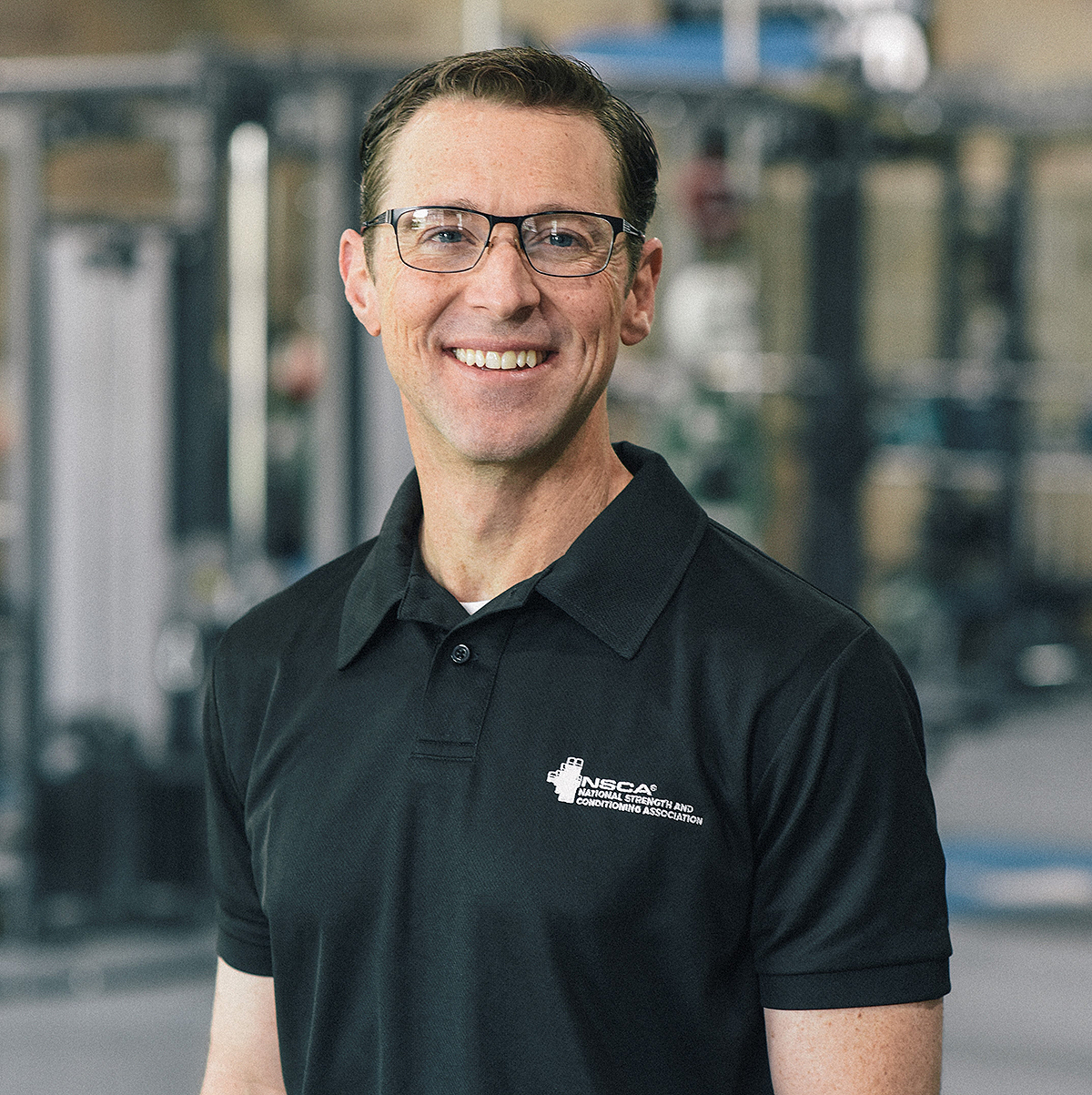The importance of hydration during the winter months – Practical considerations and tips.
It’s well known that dehydration by as little as 2% of an athlete’s body weight can impair physical and cognitive performance in a wide variety of sports (Ceylan, et. al., 2022; Davis, et. al., 2015; Goulet, 2012; Hillyer, et. al., 2015; Wittbrodt, et. al., 2018). In the hotter / warmer months, we are reminded of this when we feel and see sweat dripping off our skin and experience fatigue. But during the Fall and Winter months, as temperatures decrease and the air gets drier, our sweat evaporates more easily and the temperature gradient between our skin and the cool air is greater, it feels easier to exercise. But while the cool air makes thermoregulation easier, we can still overheat and dehydrate which can not only negatively affect performance but more importantly, our health.
Without the sensations of feeling sweat on our skin and the heat of the sun and environment, athletes can forget to drink and hydrate optimally. And while we may not sweat as much during the cooler months, it’s still important to hydrate well to optimize performance and health. Because our sweat rate changes, it’s important to re-evaluate our athletes’ sweat rate several times throughout the year / season, corresponding with changes in the environmental conditions they are training and competing in.
To avoid the negative effects of dehydration, an athlete should aim to consume as much fluid and electrolytes during exercise as they lose in their sweat. To calculate an athletes sweat rate (i.e., how much sweat is lost per hour), use the formula below:
Sweat Rate = (Pre-exercise body weight - Post-exercise body weight + fluid intake - urine volume) ÷ Exercise Time in hours
For example, if an athlete weighs 160 pounds before training and 158 pounds after training, but they consumed 16 ounces of fluid (i.e., 1 pound) during that 2-hour training session (they didn’t urinate during that time or before weighing themselves after the session), then:
Sweat Rate = (160 – 158 + 1 – 0) ÷ 2 = 1.5 lbs per hour
The current recommendation for rehydration is to consume 1.5 times sweat loss in the 4 hours or less after exercise (McCubbin, et. al., 2020; Roberts, et. al., 2017). In this case, that would be 3 pounds (48 ounces) of fluid.
In the same manner that sweat rate can vary greatly between individuals, so too can the amount of sodium in different individuals sweat (Baker, 2017, Barnes, et. al., 2019). Sodium is the most abundant electrolyte in sweat and this is reflected in electrolyte beverage ingredients. And while determining an athletes electrolyte loss is more difficult than monitoring body weight changes, thanks to the availability of commercial sweat patches such as Gatorade’s Gx and Nix Biosensors sweat patches, it is possible. However, there is a cost for these patches which can add up for large teams or teams with limited budgets. In the absence of using these types of patches or the support of an exercise physiologist, consumption of a commercially available electrolyte drink should be sufficient for most athletes. Athletes who lose a higher amount of sodium and electrolytes are often easy to identify by the sodium that is visible as a ring of crust on their clothes after training and competition. For these athletes, an added pinch of table salt in each sports bottle can be beneficial and low cost.
While knowing one’s sweat rate is important and helpful, it is equally important to recognize and acknowledge that many athletes have concerns about being weighed. These concerns can vary depending on the individual, sport, and team, and include, but are not limited to, potential negative consequences about body weight and its impact on an athlete’s status on the team, negative body image, and emotional and mental stress. To provide athletes with the highest level of support, it is recommended to allow athletes to opt into or out of measuring their sweat rate, providing scales in a private area away from coaching staff or other athletes, and / or allow athletes to assess and monitor themselves during a training session at home. It is important to provide athletes with education on the importance of hydration and rehydration, as well as the tools that best support them and their physical, emotional and mental well-being individually while being inclusive to the team environment.
Once an athlete knows their sweat rate, it’s important to practice a hydration strategy that allows consumption of as much fluid as their sweat rate. Allowing athletes time during training to drink, as well as making fluids easily accessible (i.e., on the sideline versus in the dressing room), bright colors, flavored for the athletes’ palate, and just below room temperature, will increase the likelihood of consumption. Starting each training session well hydrated, but not over hydrated, is also important.
As a scholar-practitioner, it should be noted that it has been postulated that the loss of sodium in sweat may in fact be a signal for positive adaptations that are part of the health benefits of exercise (Turner and Avolio, 2016). While more work needs to be done in this area to determine if this is in fact true, and many athletes sodium intake does not match what they lose in sweat, it does highlight the recommendation that only water, not electrolytes or carbohydrates (sugars) are needed for exercise lasting less than an hour (Roberts, et. al., 2017). That is unless an athlete is sweating excessively, which in Winter is less likely than during the Summer.
REFERENCES
Baker LB. Sweating Rate and Sweat Sodium Concentration in Athletes: A Review of Methodology and Intra/Interindividual Variability. Sports Med. 2017, 47(Suppl 1):111-128.
Barnes, K. A., Anderson, M.L., et. al. Normative data for sweating rate, sweat sodium concentration, and sweat sodium loss in athletes: An update and analysis by sport. Journal of Sports Sciences, 2019, 37(20): 2356-2366.
Ceylan, B., Kons, R. L., Detanico, D., & Šimenko, J. (2022). Acute dehydration impairs performance and physiological responses in highly trained judo athletes. Biology, 11(6), 872.
Davis, J. K., Laurent, C. M., Allen, K. E., et. al. (2015). Influence of dehydration on intermittent sprint performance. The Journal of Strength & Conditioning Research, 29(9), 2586-2593.
Goulet, E. D. (2012). Dehydration and endurance performance in competitive athletes. Nutrition Reviews, 70(suppl_2), S132-S136.
Hillyer, M., Menon, K., Singh, R., Hillyer, M., & Menon, K. (2015). The effects of dehydration on skill-based performance. Int J Sports Sci, 5(3), 99-107.
McCubbin, A.J., Allanson, B.A., Caldwell Odgers, J.N., et al. Sports Dietitians Australia Position Statement: Nutrition for Exercise in Hot Environments. Int. J. Sport Nutr. Exerc. Metab. 2020, 30, 83–98.
Roberts, W.O., O'Connor, F.G., Kenney, W.L., et al. National Athletic Trainers' Association Position Statement: Fluid Replacement for the Physically Active. J. Athl. Train. 2017, 52, 877–895.
Turner, M. J., & Avolio, A. P. (2016). Does replacing sodium excreted in sweat attenuate the health benefits of physical activity?. International Journal of sport nutrition and exercise metabolism, 26(4), 377-389.
Wittbrodt, M. T., & Millard-Stafford, M. (2018). Dehydration impairs cognitive performance: a meta-analysis. Med Sci Sports Exerc, 50(11), 2360-2368.



